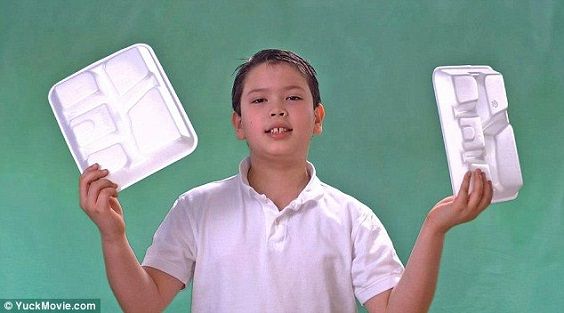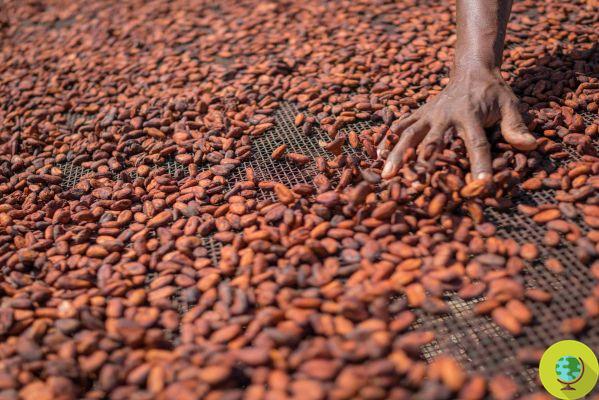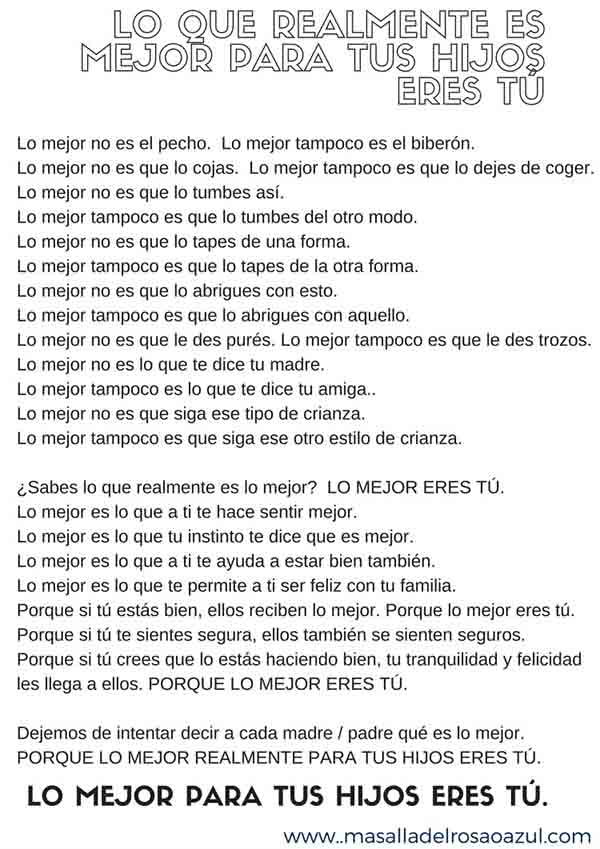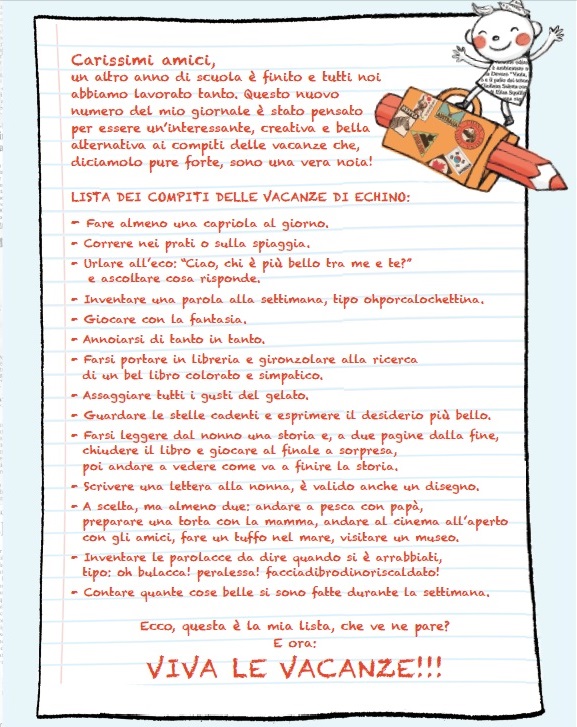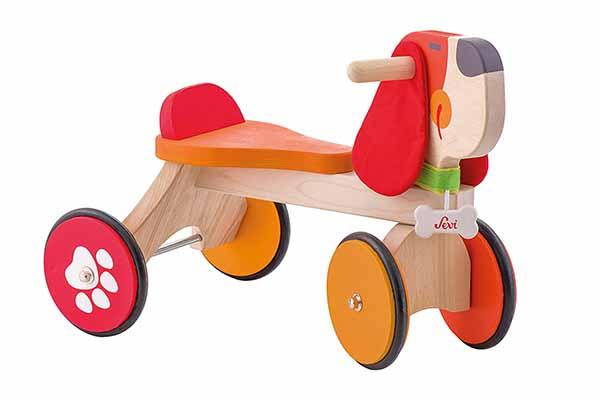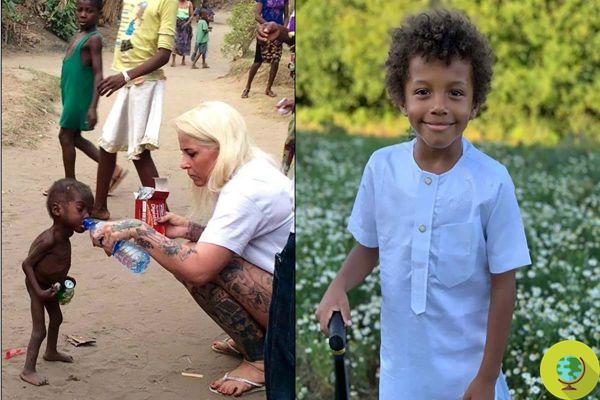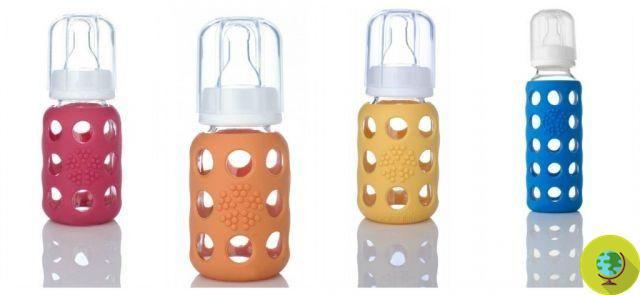A ton of CO2 emissions saved every day. This is the positive balance of the production of Wip eco-diapers compared to traditional disposable products. The calculation of the so-called Carbon Foot Print was carried out by the Department of Environmental and Territory Sciences of the University of Milan Bicocca which, in collaboration with the Danish Ecopeople, was able to quantify the ecological footprint of a diaper considering it in the view of its entire life cycle.
Don't store avocado like this: it's dangerous
A ton of CO2 emissions save every day. This is the positive balance of the production of eco-diapers Wip compared to traditional disposable products. The calculation of the so-called Carbon Foot Print was carried out by the Department of Environmental and Land Sciences of the'University of Milan Bicocca which, in collaboration with the Danish Ecopeople, was able to quantify theecological footprint of a diaper considering it from the point of view of his own entire life cycle.
From the analysis it emerges that the main factor influencing thecarbon footprint of a disposable diaper consists of the energy consumption at the production site (2,62 kg CO2 eq / a product) and only to a lesser extent than its own transportation, which generally represents one of the most impacting aspects in the life cycle of products.
using energy from 100% renewable sources, in particular hydroelectric and geothermal, supplied by Enel Green Power as well as exclusively organic raw materials, Seesaw has managed to reduce its carbon footprint at this stage of production passing from 0,11 kg CO2 eq / diaper to 0,09 kg CO2, given that, multiplied by a daily production of 50.000 nappies, it brings the savings to a ton of fewer emissions in just one working day.
Usually a disposable diaper traditional is composed for the 50% from non-biodegradable petroleum derivatives and for the remainder from cellulose obtained from trees. Wip diapers, on the other hand, use bioplastics e organic cotton thus succeeding in reduce CO2 eq emissions by 240 t / year (considering 5 working days / week for 12 months).
In particular, Wip used, for the first time in the world, derived from biopolymers such as PLA and Mater-Bi, in different combinations depending on their application in the various disposable hygienic products made, first of all the Naturaè baby diaper which represents the disposable diaper "with the highest biodegradability index in the world - on average equal to at least 80%".
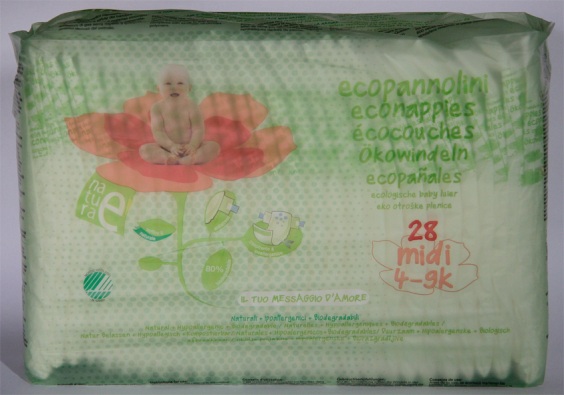
But that's not all because WIP plans to deepen the analysis of the environmental impact of its products through a study that does not only consider the carbon footprint, but also other crucial aspects such as the biodegradability / compostability of raw materials, production and the waste recycling as well as materials forproduct packaging. Furthermore, the installation of a photovoltaic system on the plant capable of covering about 30% of the factory's energy needs.
Simona Falasca
read all our articles on ecological diapers
Read all our articles on washable nappies







